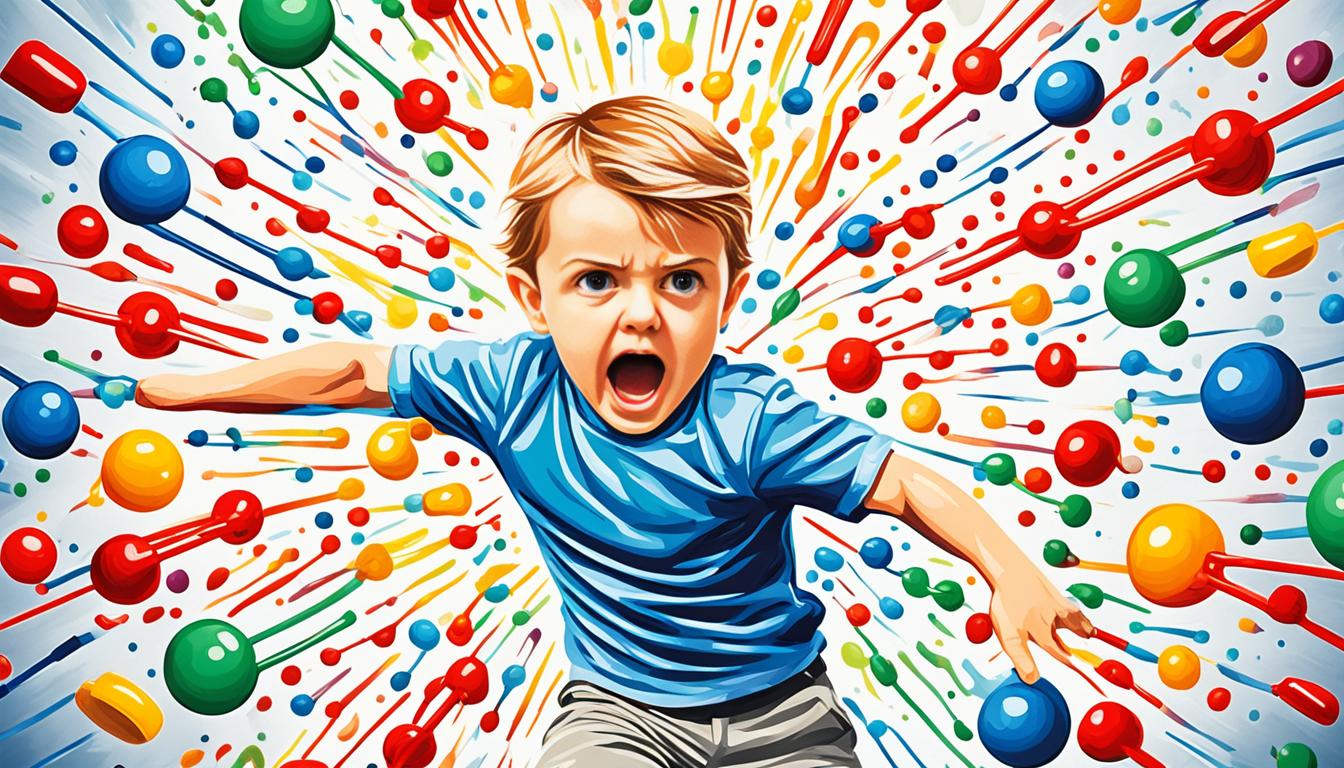White blood cells are essential for fighting infections. They are known as leukocytes. There are different types, each serving a special purpose. Sometimes, the bone marrow creates too many or too few of these cells. Or they might not work as they should. This leads to white blood cell disorders.
Kids can have several types of white blood cell disorders. These include leukopenia, neutropenia, eosinophilia, lymphocytosis, leukocytosis, and basophilia. Infections, autoimmune diseases, genetic issues, or certain cancers can cause these problems.
Stem cell therapy offers a modern way to treat some of these disorders in children. It uses stem cells to replace the malfunctioning white blood cells with healthy ones. This process can boost the immune system’s function.
Key Takeaways:
- White blood cells are essential for fighting infections in the body.
- White blood cell disorders can occur when there are too few or too many white blood cells, or when they don’t function properly.
- Common white blood cell disorders in children include pediatric leukopenia, childhood neutropenia, pediatric eosinophilia, lymphocytosis in kids, pediatric leukocytosis, and childhood basophilia.
- These disorders can be caused by various factors such as infections, autoimmune diseases, genetic disorders, or certain types of cancer.
- Stem cell therapy is an advanced treatment option that shows promise in managing and treating some white blood cell disorders in children.
Symptoms, Diagnosis, and Treatment of White Blood Cell Disorders in Children
The symptoms of white blood cell disorders in children are different. They vary based on the disorder and its cause. Some common signs are:
- Fever
- Fatigue
- Lightheadedness
- Sweating
- Mouth or skin sores
- Body aches
- Cough
- Sore throat
- Trouble breathing
- Bleeding or bruising
- Pain or tingling in the legs, arms, or abdomen
- Vision problems
- Unclear thinking
- Loss of appetite
- And more
Doctors use a complete blood count (CBC) to diagnose these conditions. This test checks the blood cells. It shows if their numbers are normal. Doctors might also do a blood smear or a bone marrow test. These tests help them see the white blood cells’ structure and function.
Treating white blood cell disorders in children depends on what’s causing the issue. Common treatments include:
- Antibiotics
- Antiparasitic drugs
- Blood component transfusion
- Colony-stimulating factors
- Glucocorticoids
- Immunosuppressants
- Chemotherapy
- Radiation
- Stem cell transplantation
Treatments are personalized for each child and their specific condition. The goal is to improve symptoms, avoid serious problems, and fix the immune system’s function.
| White Blood Cell Disorder | Symptoms | Diagnosis | Treatment |
|---|---|---|---|
| Pediatric Leukopenia | Fever, fatigue, mouth or skin sores, increased risk of infections | Complete blood count (CBC) | Blood component transfusion, colony-stimulating factors |
| Childhood Neutropenia | Fever, mouth or skin sores, increased risk of infections | Complete blood count (CBC), blood smear, bone marrow biopsy | Antibiotics, colony-stimulating factors |
| Pediatric Eosinophilia | Cough, trouble breathing, skin rashes, itching | Complete blood count (CBC) | Antiparasitic drugs, glucocorticoids |
| Lymphocytosis in Kids | Enlarged lymph nodes, fatigue, recurrent infections | Complete blood count (CBC) | Watchful waiting, further evaluation if necessary |
| Pediatric Leukocytosis | Fever, fatigue, body aches, increased risk of infections | Complete blood count (CBC) | Watchful waiting, further evaluation if necessary |
| Childhood Basophilia | Fever, fatigue, skin rashes | Complete blood count (CBC) | Watchful waiting, further evaluation if necessary |
Image Alt: Symptoms, Diagnosis, and Treatment of White Blood Cell Disorders in Children
Research and Innovations in the Treatment of White Blood Cell Disorders in Children
The study of white blood cell disorders in kids is always changing. This is because of new research. The aim is to really grasp these problems and find new ways to treat them.
One big area of study is the genes behind these disorders. Scientists look deep into the genetic faults causing these issues. Understanding this means they can make treatments that work better.
There’s also a lot of work going into new medicines. These meds would target the white blood cell disorders directly. The goal is to fix the balance of these cells, which could make kids feel better and healthier.
Stem cell therapy is another exciting frontier. Stem cells can become various types of cells, white blood cells included. Using this approach, there’s hope to replace bad white blood cells with healthy ones. For some conditions, this might even mean a cure.
Thanks to ongoing research, our knowledge and treatments for these disorders are set to get a lot better. These new discoveries could change how we manage and treat these conditions, leading to a brighter future for the children affected.

